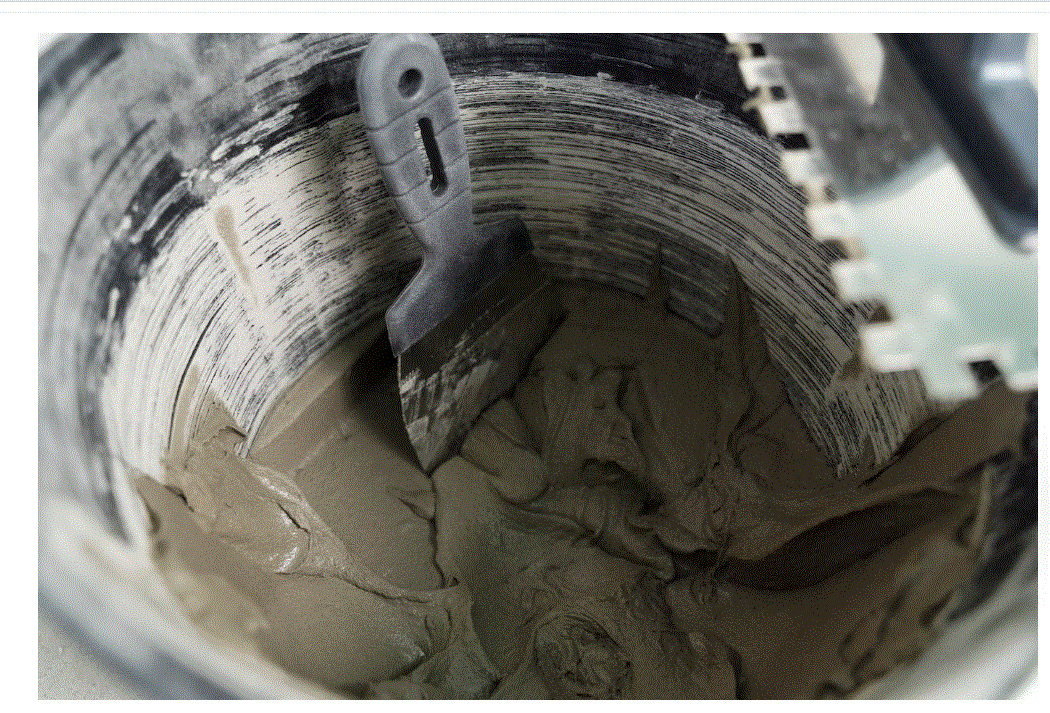
Concrete is a ubiquitous building material known for its strength and durability. However, even the most robust concrete structures can develop issues over time, including cracks, spalling, and surface damage. When faced with concrete repairs, choosing the right products is paramount to ensuring a successful and long-lasting solution. In this comprehensive guide, we will provide expert tips to help you navigate the complex world of concrete repair products, empowering you to make informed decisions and achieve the best results for your specific project.
Understanding the Importance of Choosing the Right Products
Concrete repair is not a one-size-fits-all endeavor. The choice of repair products should be tailored to the type and severity of the damage, environmental conditions, and the desired outcome. Selecting the wrong products can lead to ineffective repairs, wasted time and money, and potential safety hazards. To avoid these pitfalls, let’s delve into the key factors to consider when choosing Construction Chemical Products products.
Assess the Nature and Extent of Damage
The first step in selecting the right concrete repair products is to thoroughly assess the damage to your concrete structure. Different types of damage require different solutions. Here are some common concrete issues:
- Surface Cracks: Superficial cracks often result from shrinkage or minor impact and don’t usually affect the structural integrity. They can be repaired with surface-level treatments.
- Structural Cracks: These cracks, which can be wider and deeper, may indicate more significant problems with the concrete’s structural integrity. They require more robust repair solutions.
- Spalling or Scaling: Surface scaling or spalling, where the concrete surface flakes or peels off, is usually a result of freeze-thaw cycles, chemical exposure, or other environmental factors. The extent of damage will dictate the repair method.
- Deterioration: Over time, concrete can deteriorate due to environmental factors, especially in harsh conditions. Restoration products may be necessary to rebuild and reinforce the structure.
Understanding the nature and extent of the damage will guide you toward the appropriate repair solutions.
Types of Concrete Repair Products
There is a wide range of concrete repair products available, each designed for specific applications and levels of damage. Familiarize yourself with the common options:
- Concrete Patching Compounds: These are ideal for minor repairs such as filling small cracks, holes, or surface imperfections. They come in various forms, including pre-mixed paste and powder that needs to be combined with water.
- Epoxy Resins: Epoxy products are excellent for structural repairs and bonding. They can fill and seal cracks and are also used for bonding new concrete to existing surfaces.
- Polymer-Modified Overlays: These overlays are applied to resurface damaged concrete, providing a new, durable surface. They are perfect for areas with surface scaling or minor damage.
- Concrete Sealers: Sealers are preventive products used after repairs to protect against moisture, chemicals, and abrasion. They help extend the life of the concrete.
- Concrete Mortar Mix: Mortar mix is suitable for larger repairs and is used to restore structural integrity to damaged concrete.
Environmental Considerations
The environment in which your concrete structure is located plays a significant role in product selection. Various environmental factors can affect the performance and durability of repair products. Consider the following:
- Climate: Extreme temperatures, humidity, and freeze-thaw cycles can impact the performance of repair products. Choose products that can withstand the conditions prevalent in your region.
- Exposure: If your concrete is exposed to harsh chemicals, salts, or other corrosive substances, ensure that the selected repair product is resistant to these elements.
- Traffic: Consider the level of traffic the repaired area will endure. High-traffic areas may require more durable repair products to withstand wear and tear.
Product Compatibility
It’s essential to ensure compatibility between the chosen repair product and the existing concrete. Incompatibility can lead to poor adhesion and premature failure. Always follow the manufacturer’s recommendations regarding compatibility, surface preparation, and application procedures.
Application Method
Different repair products require specific application methods. Some may be suitable for DIY enthusiasts, while others may necessitate professional installation. Consider your skill level and the complexity of the repair when choosing a product. Ensure you have the necessary tools and equipment for the application.
Cost vs. Quality
While budget constraints are a consideration, it’s essential not to compromise on the quality of concrete repair products. Opting for cheaper but less effective products can result in costly re-repairs down the line. Evaluate your budget alongside the severity of the damage and the expected longevity of the repair.
Read Reviews and Seek Expert Advice
Before finalizing your product selection, read reviews from reputable sources and seek advice from professionals or experts in the field of concrete repair. Their insights and recommendations, based on real-world experiences, can be invaluable in making an informed decision.
Conclusion
Selecting the right concrete repair products is a critical step in ensuring the longevity and functionality of your concrete structures. By understanding the type and extent of damage, considering environmental conditions, evaluating product compatibility, and balancing cost with quality, you can make informed decisions that lead to successful concrete repairs. Remember that proper preparation and application are equally important, so always adhere to the manufacturer’s guidelines and seek expert advice when necessary. With the right products and methods, your concrete repairs will stand the test of time, ultimately saving you time, money, and hassle in the long run.


